GPCR/G protein

All GPCRs share a common seven trans-membrane structure. GPCRs are associated with heterotrimeric G-proteins which are GTP-binding proteins made of alpha, beta, and gamma subunits. When a ligand binds to GPCR, it activates the attached G-protein, the GDP is replaced with GTP. The activated G-protein then dissociates into an alpha and a beta-gamma complex which activates downstream signaling pathways. These intracellular signaling pathways include cAMP/PKA, calcium/NFAT, phospholipase C, protein tyrosine kinases, MAP kinases, PI-3-kinase, nitric oxide/cGMP, Rho, and JAK/STAT.
GPCRs are one of the most important therapeutic targets for various diseases, over 30% of all modern medicinal drugs target this family. Aberrant GPCR functions are involved in pathological conditions such as neurological, immunological and hormonal disorders. A large number of GPCRs have been identified, but whose ligands are not known, are classified as orphan receptors.
-
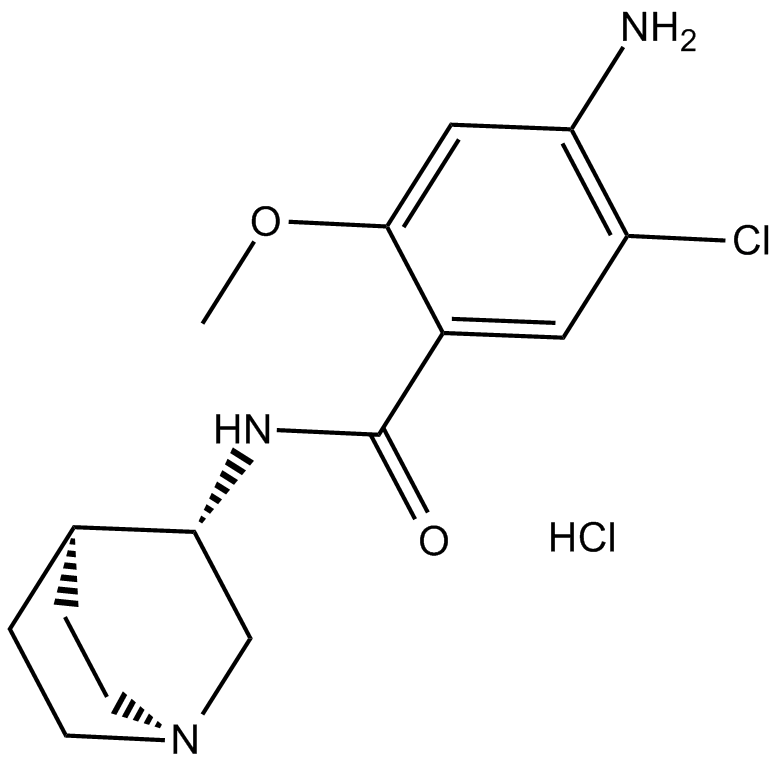 B6858 Zacopride hydrochlorideSummary: 5-HT3 receptor antagonist and 5-HT4 receptor agonist
B6858 Zacopride hydrochlorideSummary: 5-HT3 receptor antagonist and 5-HT4 receptor agonist -
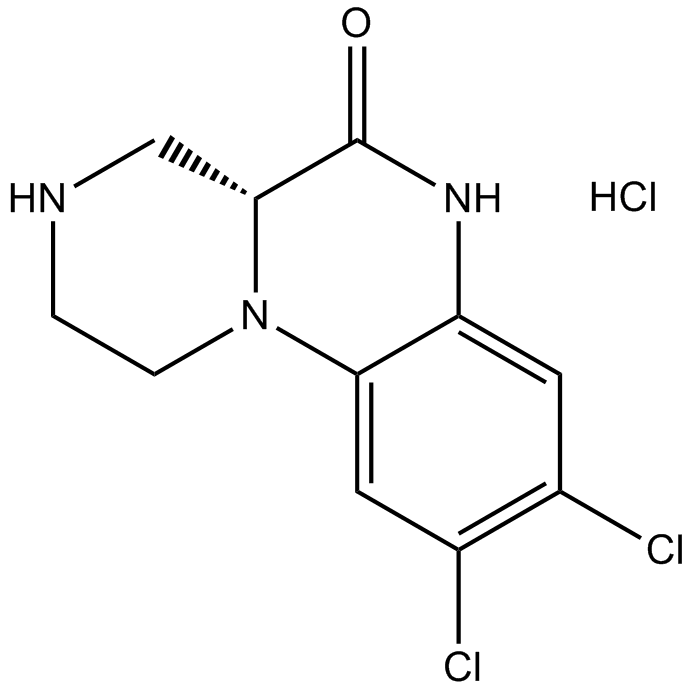 B6859 WAY 161503 hydrochlorideSummary: 5-HT2C receptor agonist
B6859 WAY 161503 hydrochlorideSummary: 5-HT2C receptor agonist -
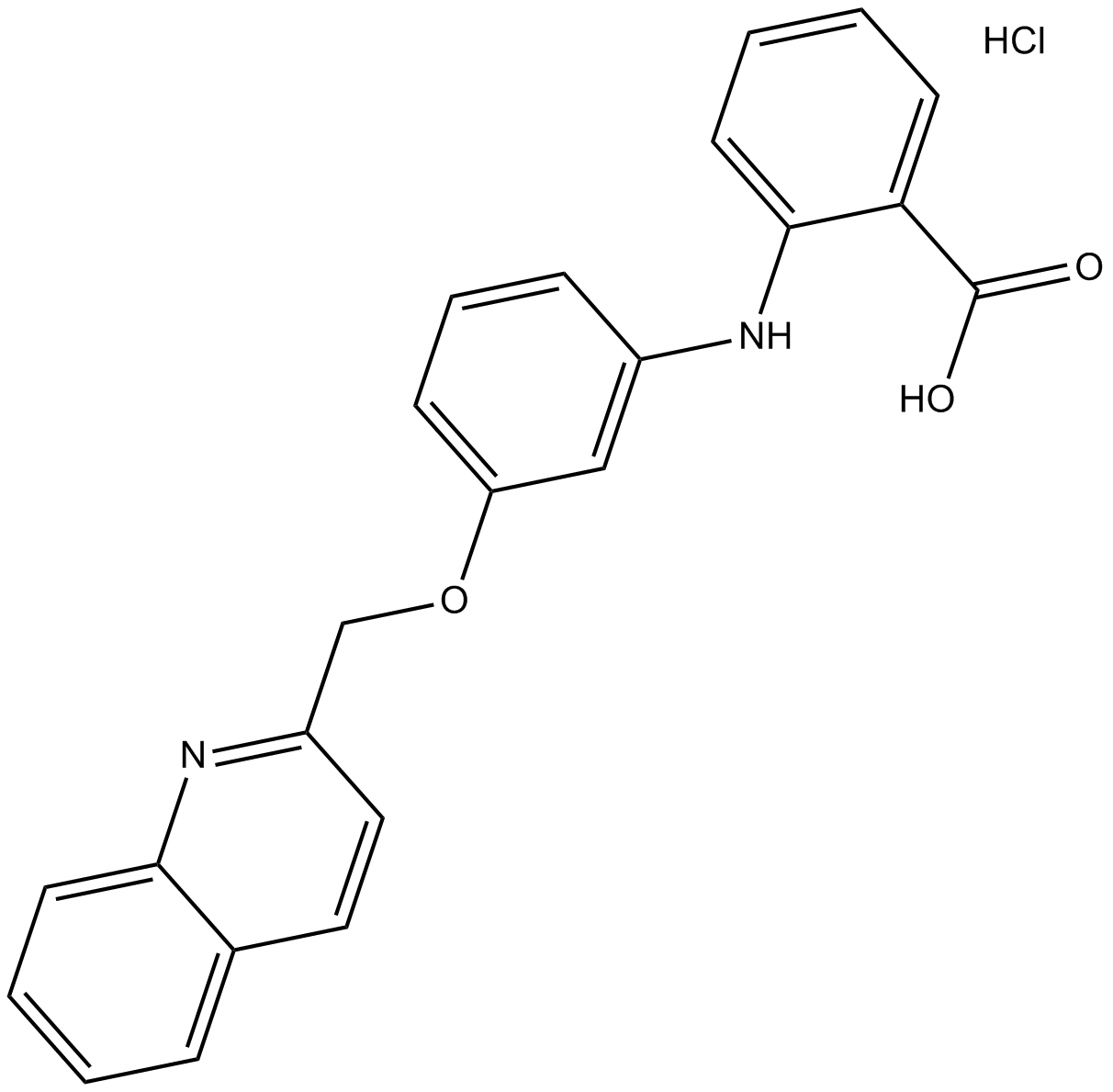 B6860 SR 2640 hydrochlorideSummary: leukotriene D4 and E4 receptor antagonist
B6860 SR 2640 hydrochlorideSummary: leukotriene D4 and E4 receptor antagonist -
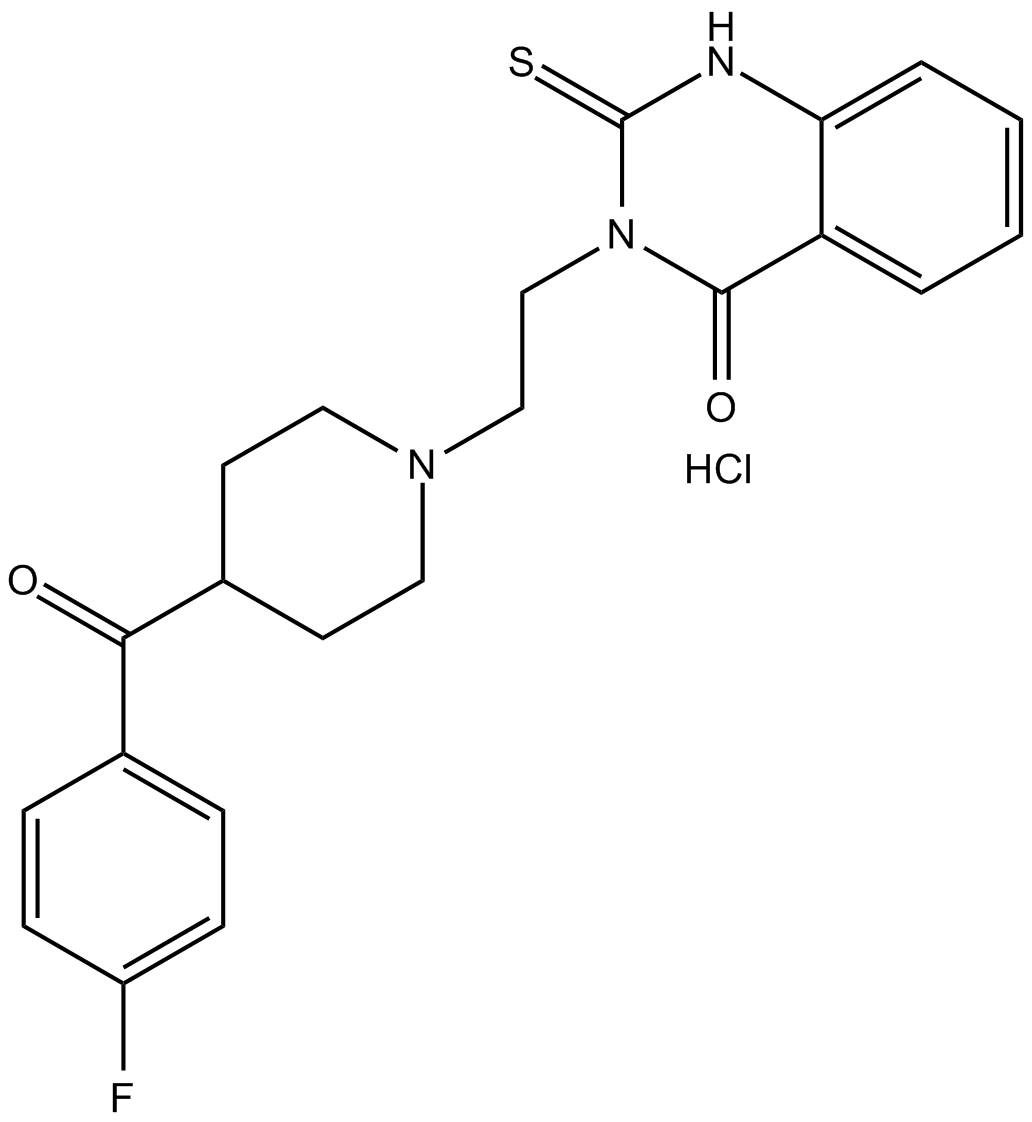 B6863 Altanserin hydrochlorideSummary: 5-HT2A receptor antagonist
B6863 Altanserin hydrochlorideSummary: 5-HT2A receptor antagonist -
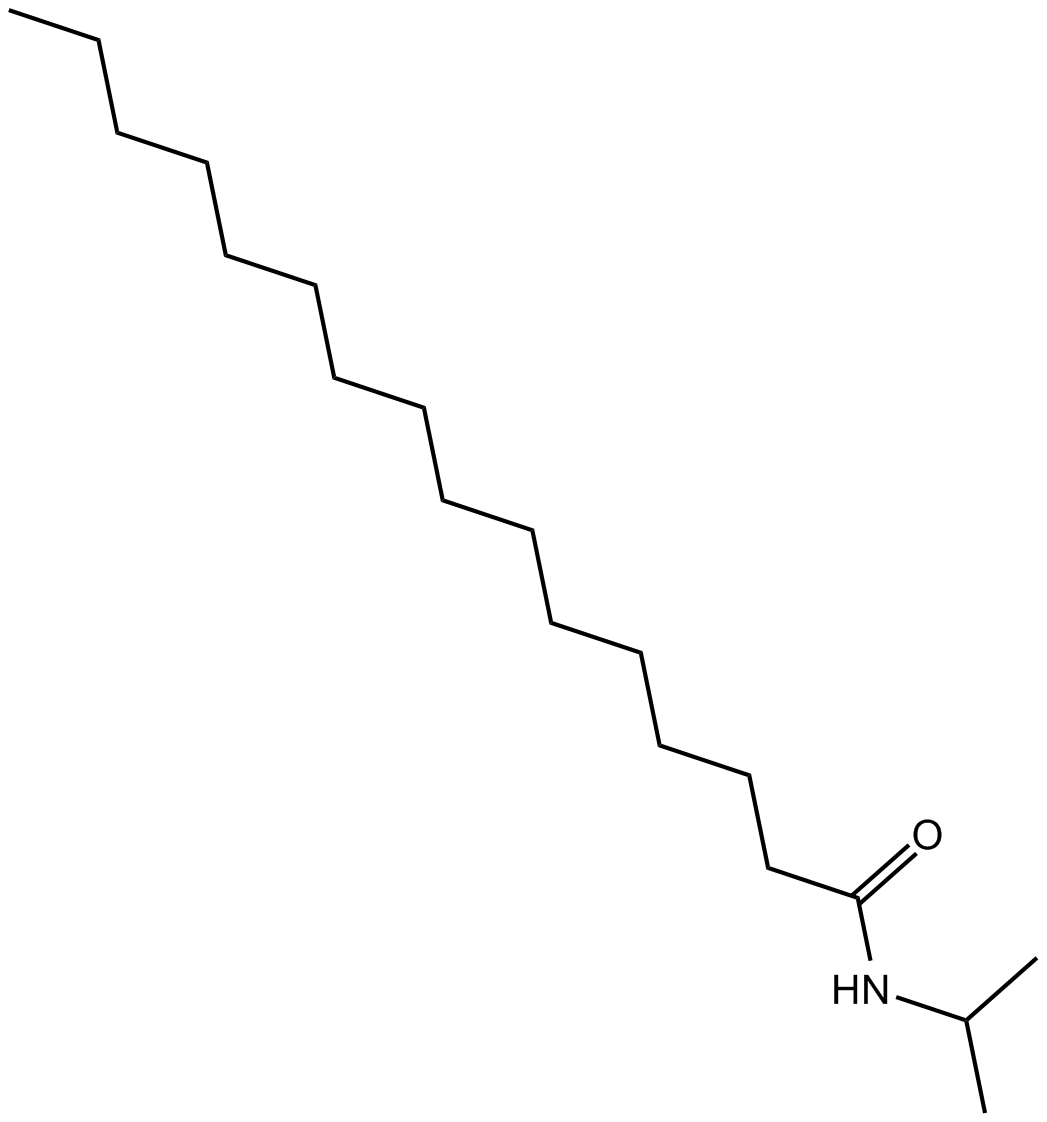 B6867 PalmitoylisopropylamideSummary: FAAH inhibitor
B6867 PalmitoylisopropylamideSummary: FAAH inhibitor -
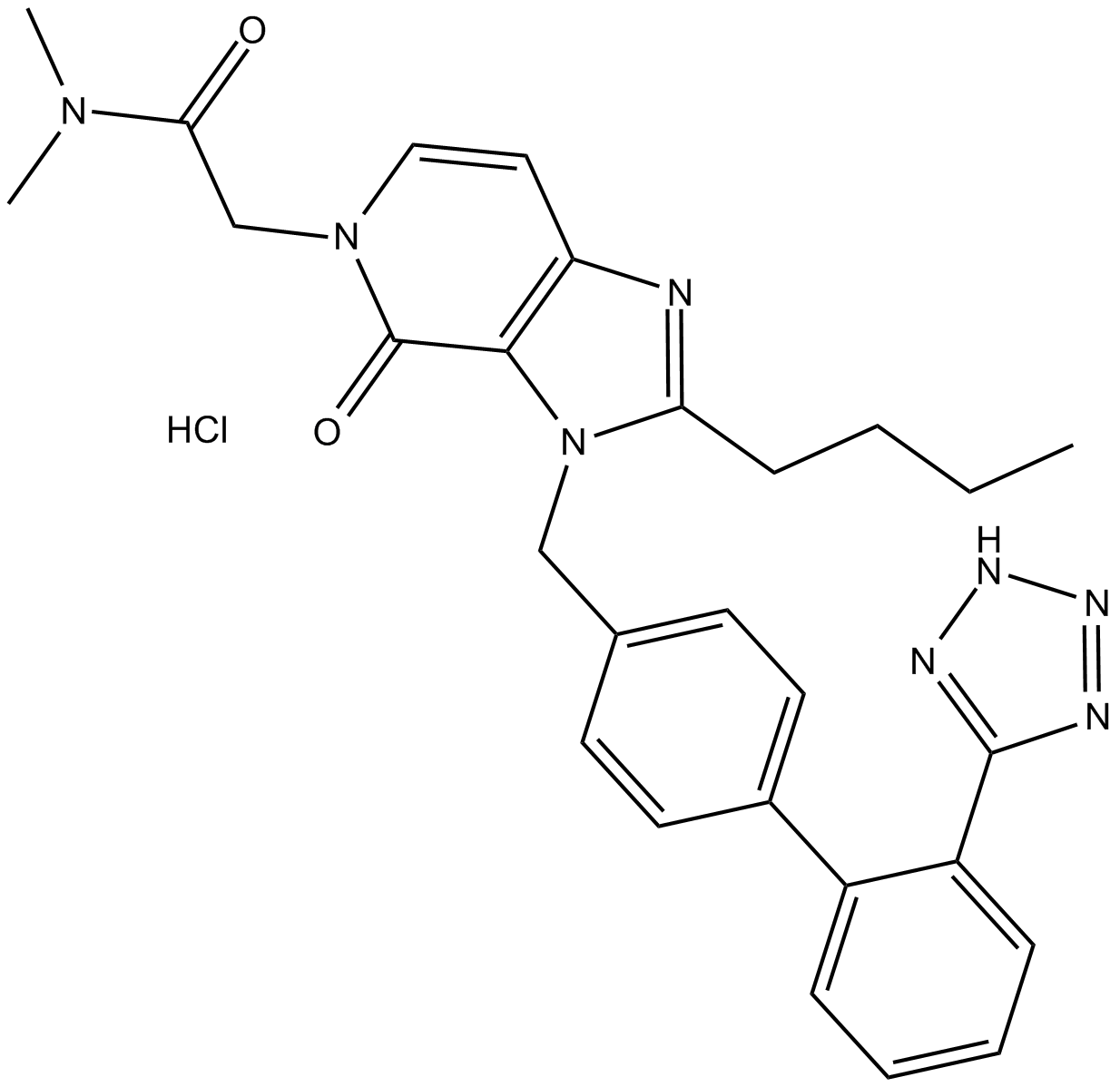 B6875 EMD 66684Summary: angiotensin AT1 receptor antagonist
B6875 EMD 66684Summary: angiotensin AT1 receptor antagonist -
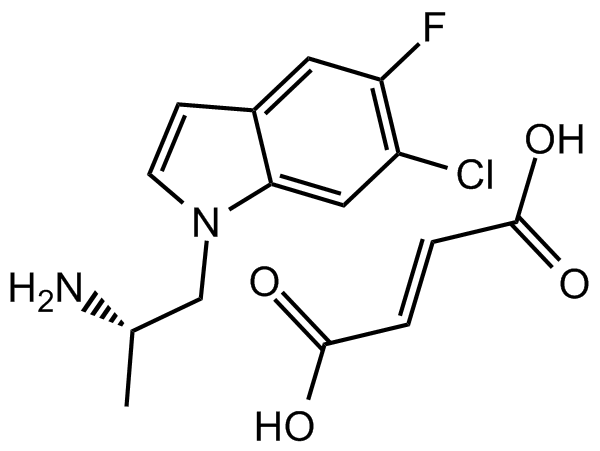 B6878 Ro 60-0175 fumarateSummary: 5-HT2 receptor agonist
B6878 Ro 60-0175 fumarateSummary: 5-HT2 receptor agonist -
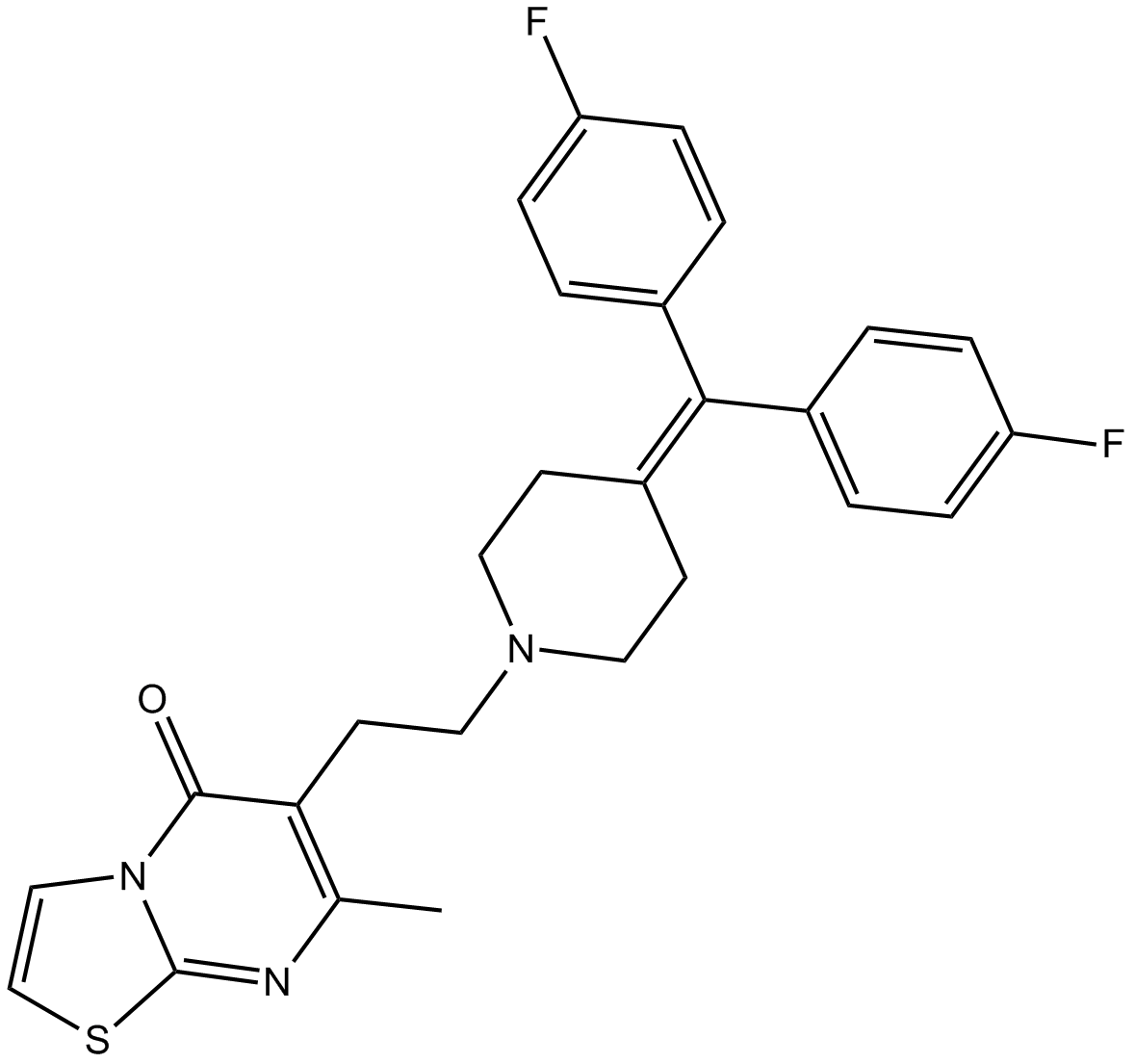 B6898 RitanserinSummary: long-acting 5-HT2 receptor antagonist
B6898 RitanserinSummary: long-acting 5-HT2 receptor antagonist -
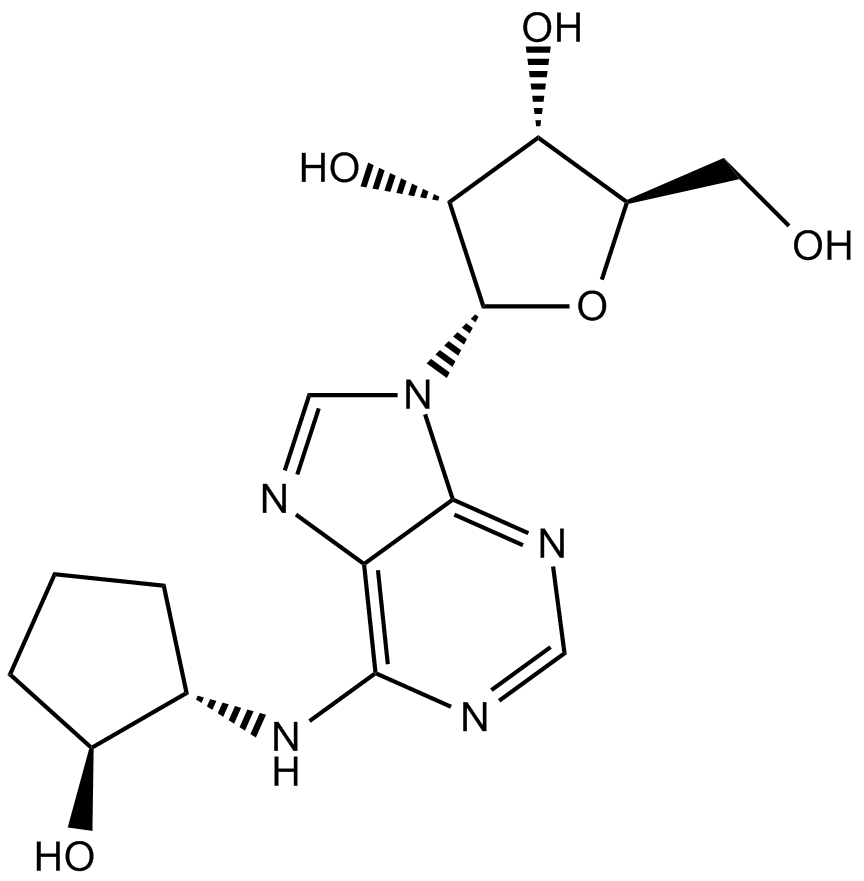 B6899 GR 79236Summary: adenosine A1 receptor agonist
B6899 GR 79236Summary: adenosine A1 receptor agonist -
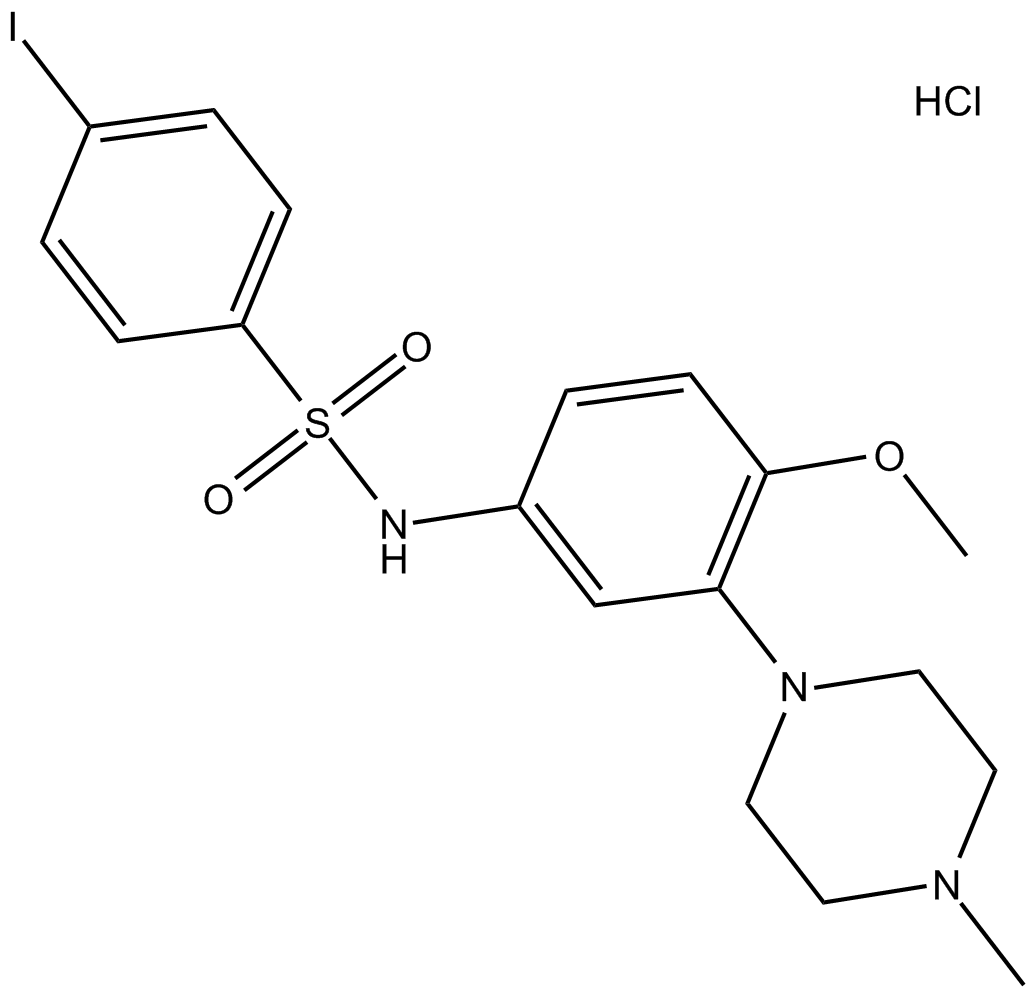 B6900 SB 258585 hydrochlorideSummary: 5-HT6 receptor antagonist
B6900 SB 258585 hydrochlorideSummary: 5-HT6 receptor antagonist

